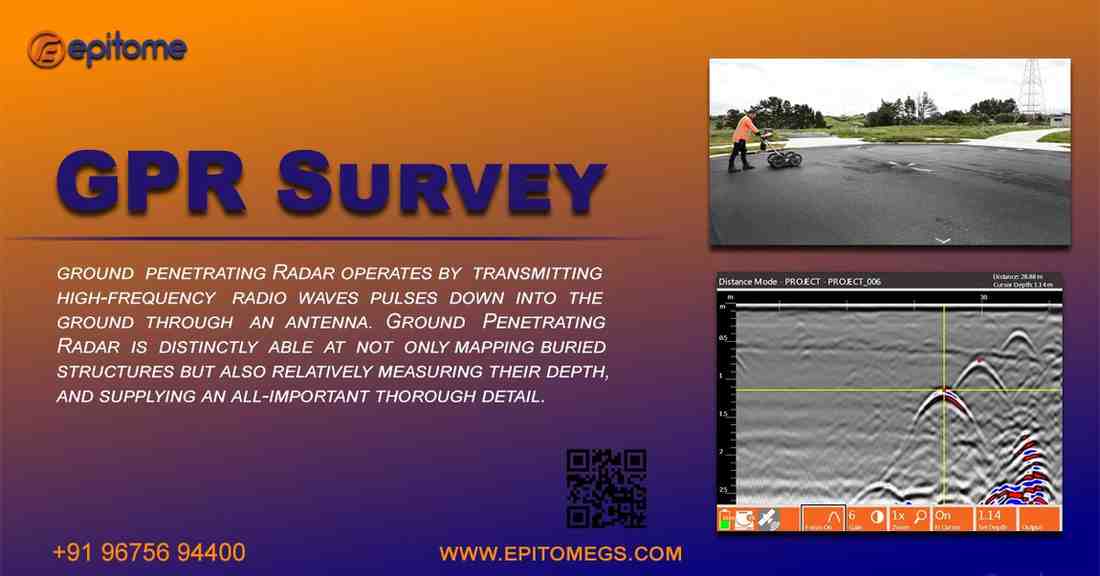
Epitome Geotechnical (GPR) Ground Penetrating Radar
Epitome Geotechnical offers expert Ground Penetrating Radar (GPR) services for accurate, non-invasive subsurface mapping and utility detection.


© 2024 Crivva - Business Promotion. All rights reserved.